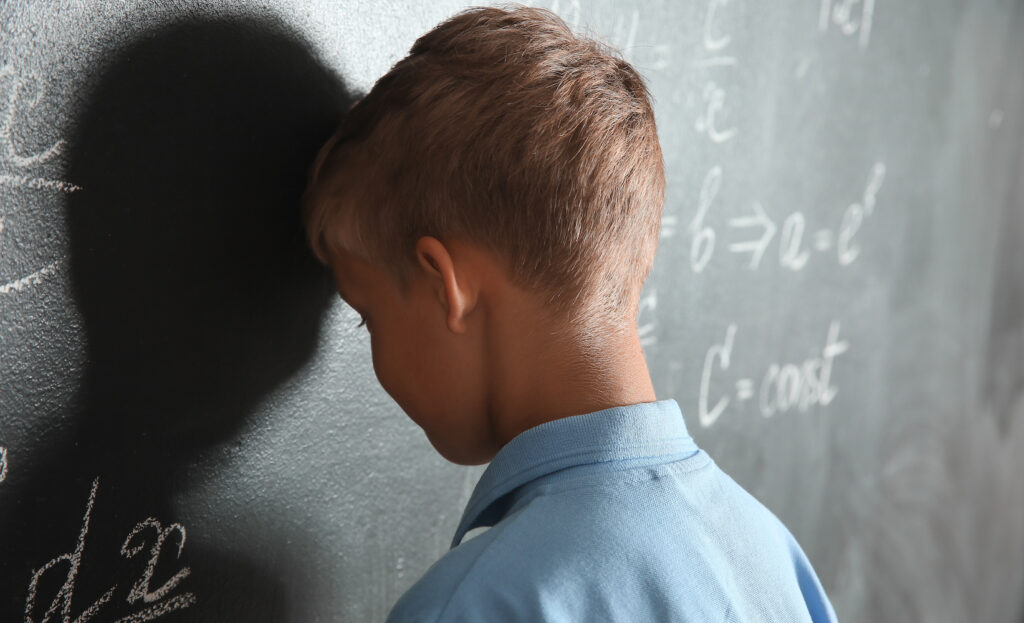US falls behind dozens of other nations in education despite spending more than most
An international assessment of student’s math, reading and science skills revealed that the U.S. isn’t getting much bang for its education buck.
The Program for International Student Assessment…

An international assessment of student’s math, reading and science skills revealed that the U.S. isn’t getting much bang for its education buck.
The Program for International Student Assessment (PISA) tested 15-year-olds around the globe and found that American teens are lagging behind their peers.
In math, the U.S. ranked 34th overall – outscored by Singapore, China, Japan and a number of European countries.
This score was worse than its previous one in 2003.
Only 7% of American students scored in the top proficiency category (level 5 or 6). But over a third scored in the lowest levels (below 2).
The situation in science and reading is less dismal but still doesn’t reflect the almost $1 trillion dollar investment the U.S. annually puts into public education.
The U.S. ranked 9th in reading and 16th in science, neither of which were substantially different than its scores from 20 years ago.
Just 14% of students are highly proficient in reading while 20% were among the bottom levels. Similarly, 11% of 15-year-olds were at level 5 or above in science, with 22% at the lowest proficiency.
And while public school activists perpetually decry being “underfunded,” the U.S. spends more per-pupil than almost all other countries.
When comparing average per-pupil funding, only 5 countries in the world outrank the U.S. Two of the 5 budgets are just $500 more per student than America’s.
Even when adjusting for gross domestic product, the U.S. tied for 5th with the United Kingdom by investing 6% of its GDP in education. The top nation, Norway, invests 6.6%.
In 2019-2020, the U.S.’s total budget for public education was $870 billion dollars, meaning most nations have a smaller GDP than the American public education system’s budget.
The news comes at time when some states and school districts appear to be lowering academic standards.
For example, Oregon recently passed a law allowing high school students to graduate without proving they can read, write or do math.
Michigan is allowing tens of thousands of young elementary students to advance to the next grade, even though their reading skills are subpar and advancing them will likely harm their long term academic and career success.
Many other schools are inflating grades or giving in to students who “grade grub” for better grades than they earned.
It leads some critics to argue that if the U.S. wants to have the best public schools in the world, it needs to require the best from its students.



